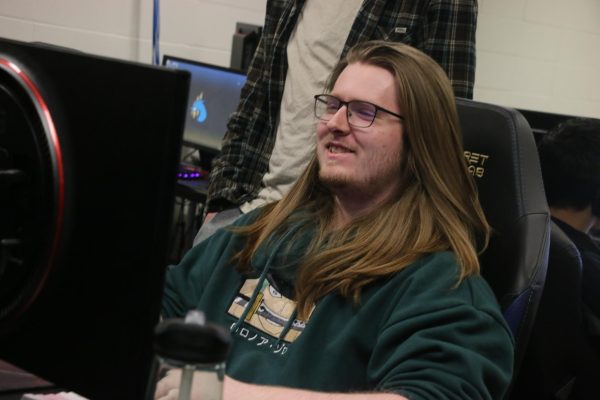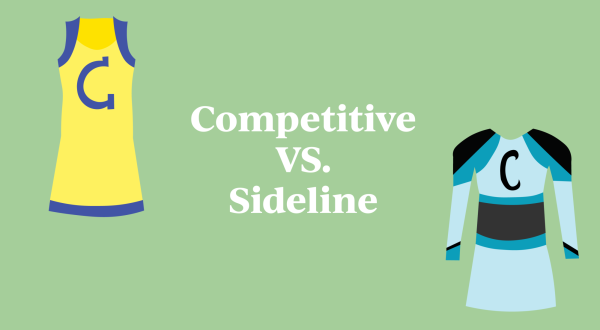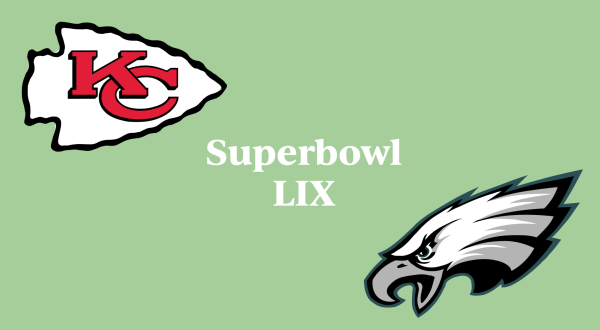Unified Track brings students together through competition and sports
More in sports
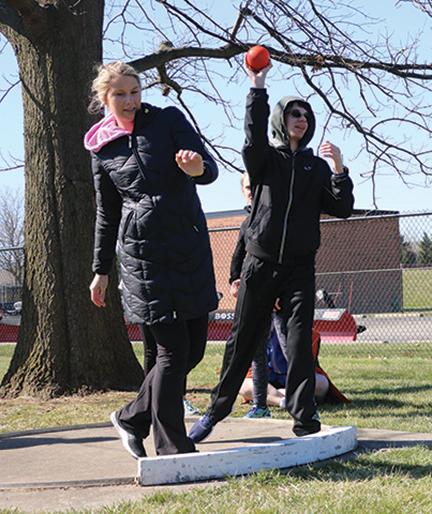
Coach and senior Mallory Davis helps senior Noah Sachs with the shot put event. Unified Track is an IHSAA-sanctioned sport.
Out of the 5,000 plus students who attend CHS, many are unaware of the sport, Unified Track. According to Francie Elzinga, one of the four coaches of Unified Track and junior, Unified Track is the bridge between IHSAA and Special Olympics. She said it is a place where individuals with intellectual disabilities have the opportunity to compete alongside their peers who are without an intellectual disability.
“I think the biggest thing is that people think that it’s different than sports, like our other track teams and it’s not. We run similar workouts, just at a reduced level, everyone will figure out what specific event they will be participating in and then they will practice that event every single day of practice,” Elzinga said.
According to Nick Shaffer, president of Champions Together, the committee that oversees Unified Track, and senior, Unified Track is the first official IHSAA-sanctioned sport for unified sports. Shaffer said commissioner of IHSAA Bobby Cox helped make Unified Track possible in 2013, and those who participate are able to receive a varsity letter. He also said they have added another sport during the fall called Bocce Ball, which will follow the same guidelines as Unified Track.
“This year we’ve had the most we’ve ever had. We have I think somewhere around 100 kids who showed up to the callout meeting and 80 kids who show up regularly,” Shaffer said. “So what I’ve been really excited about is just the people involved and the people that want to make 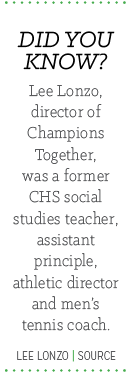 a difference in our school. That’s just really encouraging for me to see this much involvement.”
a difference in our school. That’s just really encouraging for me to see this much involvement.”
Mallory Davis, Unified Track head coach and senior, said, “Our friends with intellectual disabilities have so much to bring to the table, and they are some of the best friends that I have ever had, but people just don’t think about that, and they see them as different, not saying that everyone does, but we are in a generation that’s all about inclusion and all about seeing each other as equal, and I think it’s really important to include our friends with intellectual disabilities.”
Elzinga said this year the coaching staff is composed of two seniors and two juniors, including herself, Davis, senior Maddie Kiesle and junior Hannah Glazier. The coaches run the practices, set up the roster and plan out workouts. According to Davis during this season they will compete in a 100-meter, 400-meter and a 4 x 100-meterdash and will also have a long-jump and shot-put. Elzinga said the team had timed trials on March 22, to see how fast participants can run and how f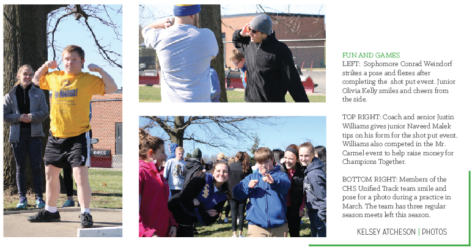 ar they can throw and jump to determine for which event each participant will specifically practice.
ar they can throw and jump to determine for which event each participant will specifically practice.
“All members compete. In my other two(seasons), I would race, so my partner was Ashton, so if it was his race I would be in the same lane as him, running with him, helping him go, keeping him in the lane, telling him where he needs to run to,”Elzinga said. “But we were also competing against able-bodied students so there were varsity athletes and kids with autism in the same heat competing with and against each other.”
The team will have three regular meets throughout its season and then will go into Sectional, Regional and State tournaments.
Shaffer said, “Unified Track wants to make students with intellectual disabilities feel like and compete like all the rest of us, so we want to make them feel like it’s just another sport, and with Unified Track, the end goal of it should be just the same as track; there shouldn’t be a difference. We want to bring those together and maximize it as much as we can.”
According to Elzinga, Davis and Shaffer, one goal Unified Track really helps accomplish is creating strong friendships and relationships among all of the participants. Elzinga noticed that people assume that being a part of Unified Track just means that all the able-bodied athletes do is help and do things for those who are disabled, while the main goal for the sport is more about competing alongside one another and creating strong friendships.
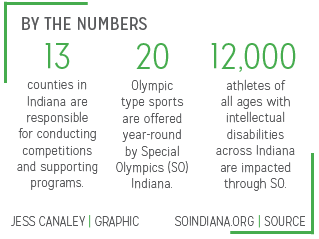
Davis said, “This sport helps benefit people by showing them another side of things, and I think it shows them how beneficial and how rewarding it is to be friends with these kids and to work with them and see how much they have to offer and really how similar we all really are. There isn’t much that divides us.”
“In Unified Track everyone talks about the relationships they make, and so, believe it or not, the goal is not to run the fastest time,” Shaffer said. “That’s what (the rules say), and we want to win obviously cause we’re Carmel and we love competing but the goal is to build relationships and to make a difference in those students with intellectual disabilities’ lives, and so, in doing this, kids spend time with them. They build relationships and friendships, and overall it’s just a great process and great sporting event.”
Your donation will support the student journalists of Carmel High School - IN. Your contribution will allow us to purchase equipment and cover our annual website hosting costs.










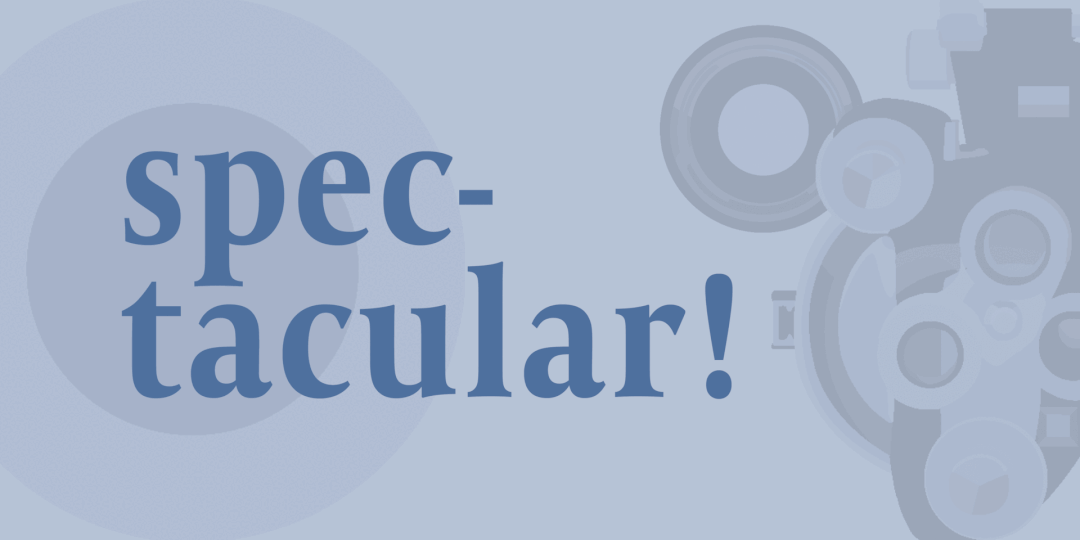





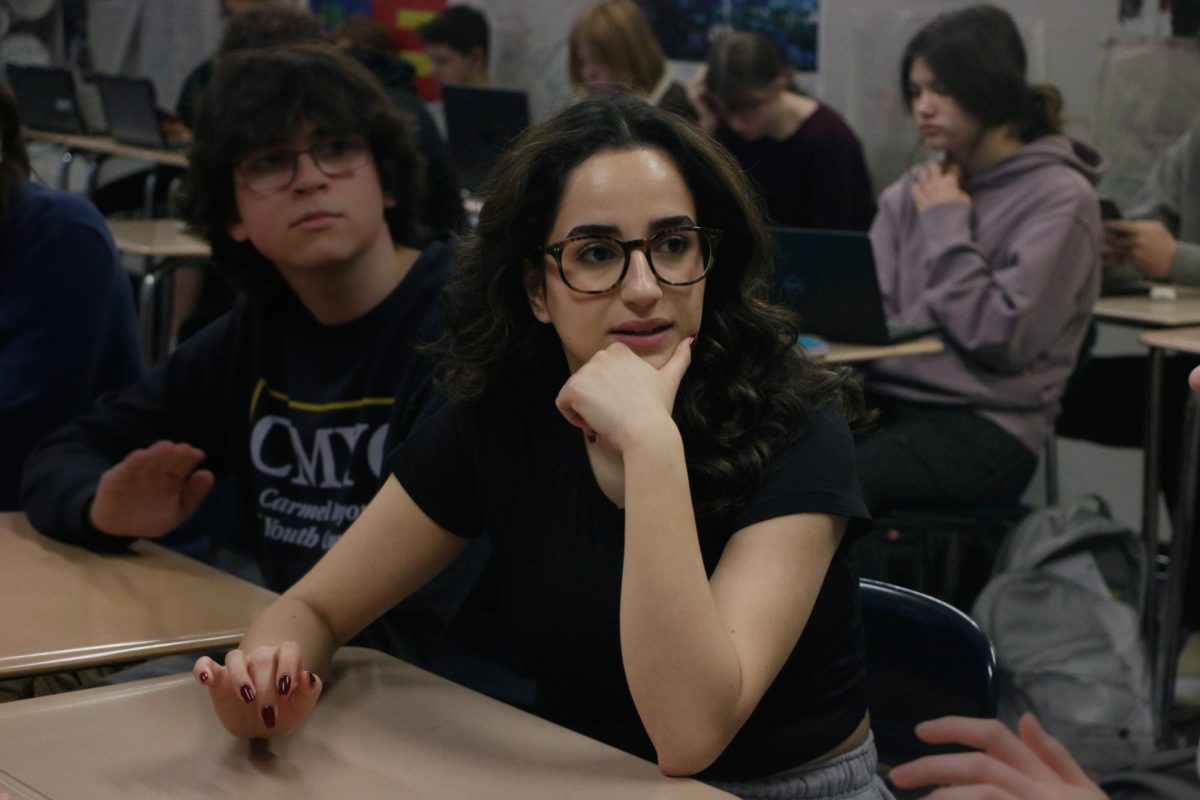

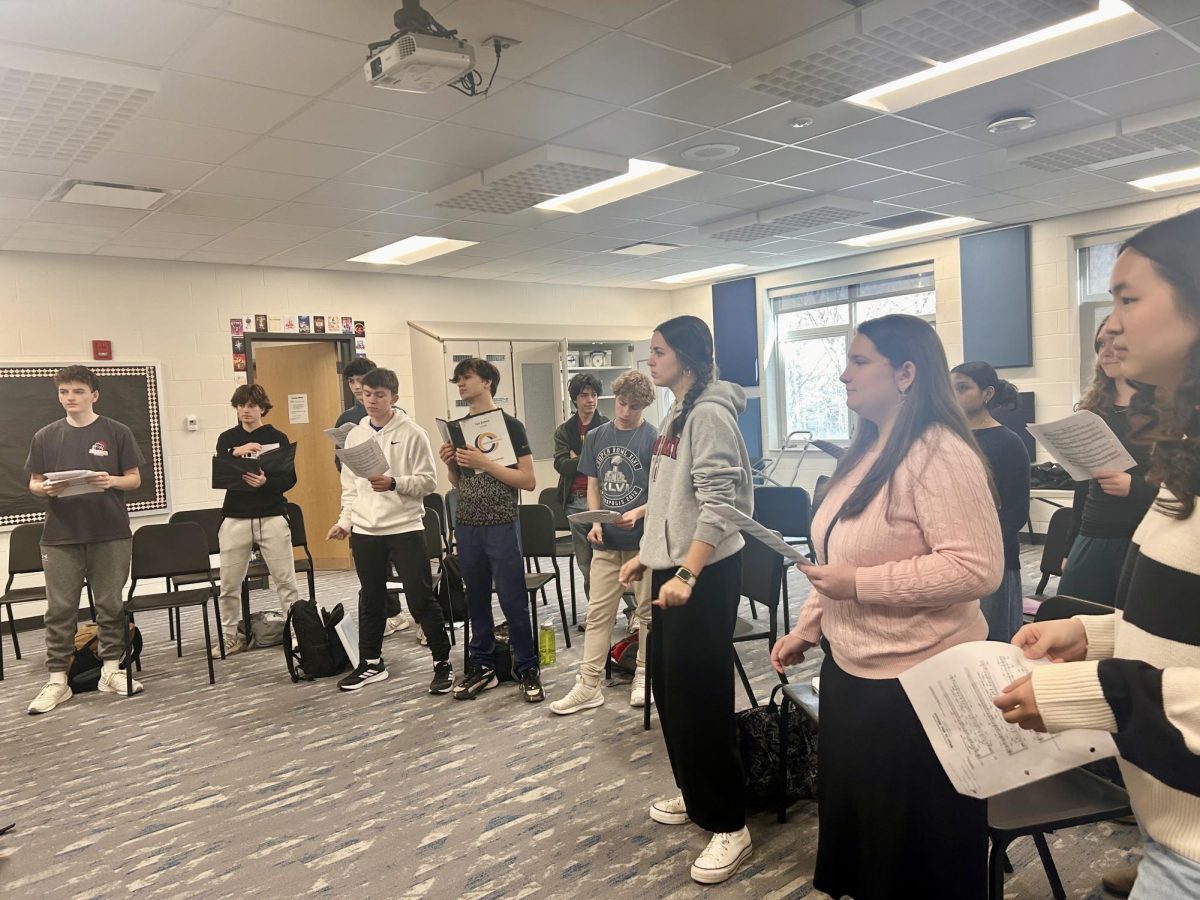

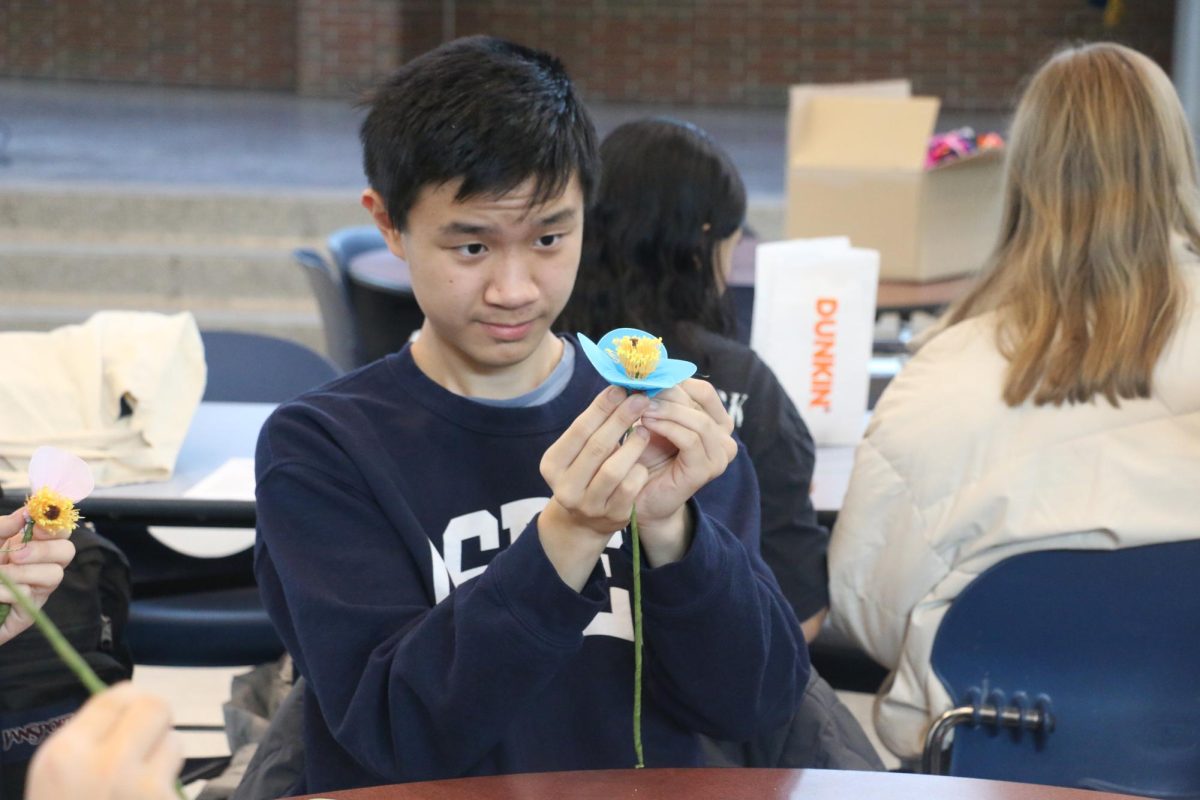




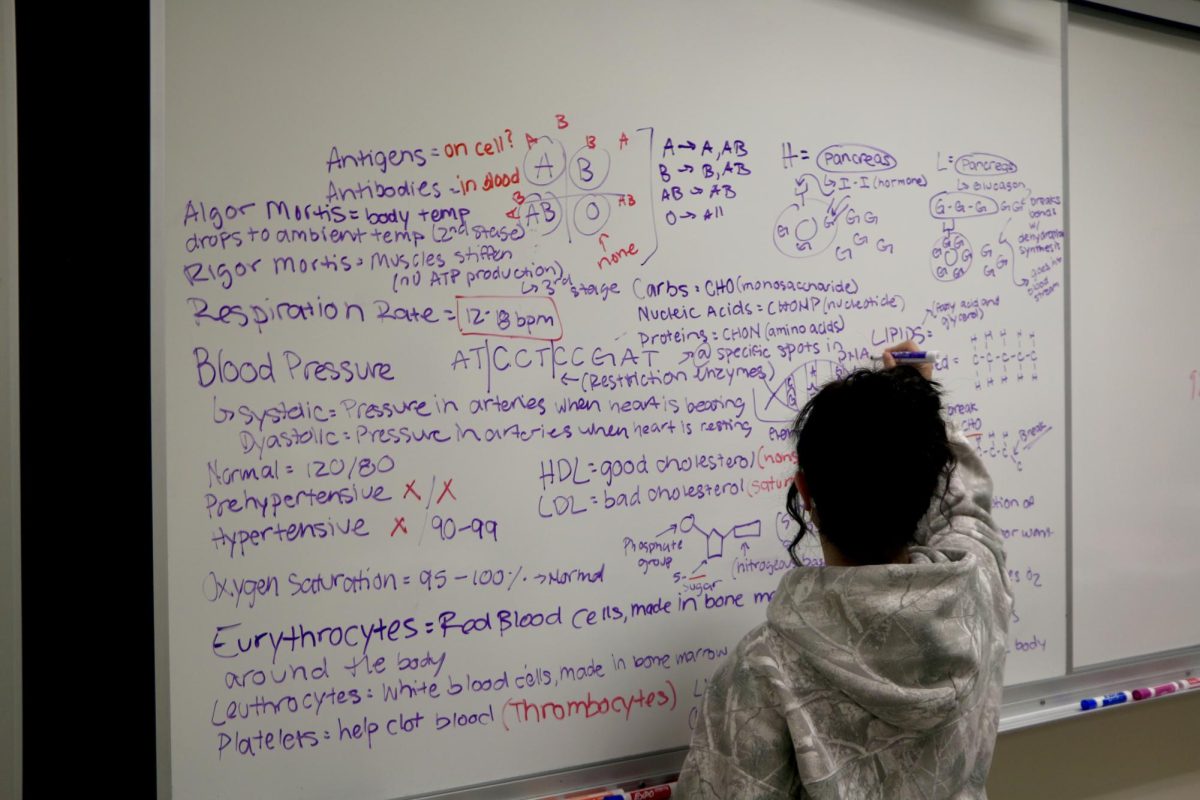



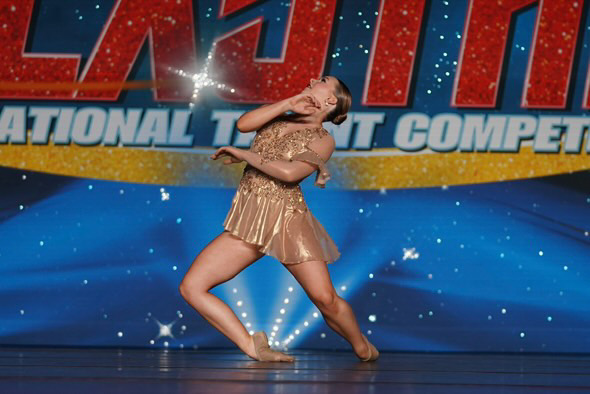

![AI in films like "The Brutalist" is convenient, but shouldn’t take priority [opinion]](https://hilite.org/wp-content/uploads/2025/02/catherine-cover-1200x471.jpg)




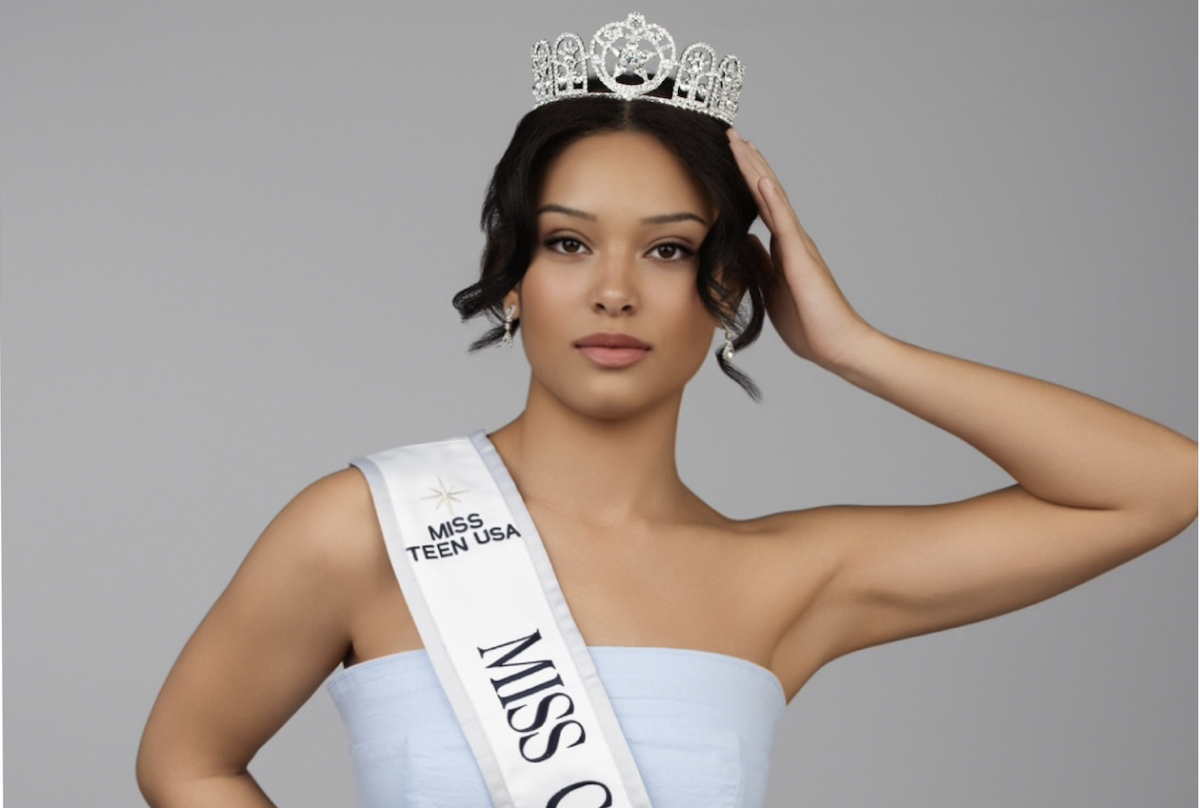









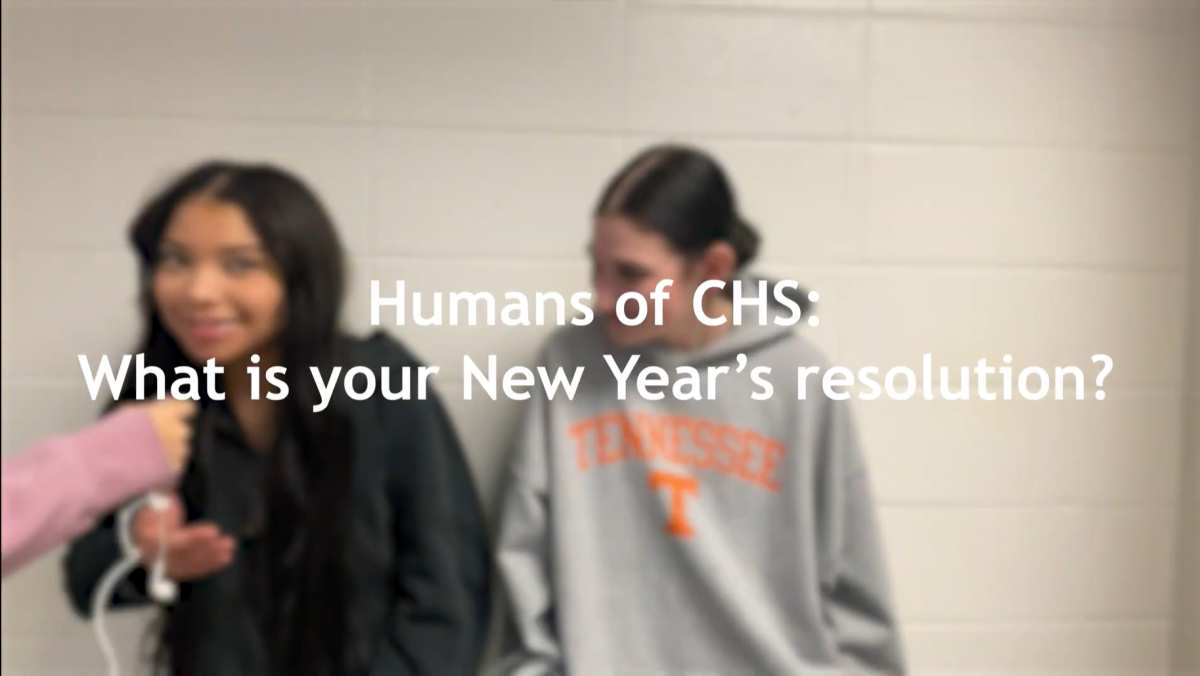




















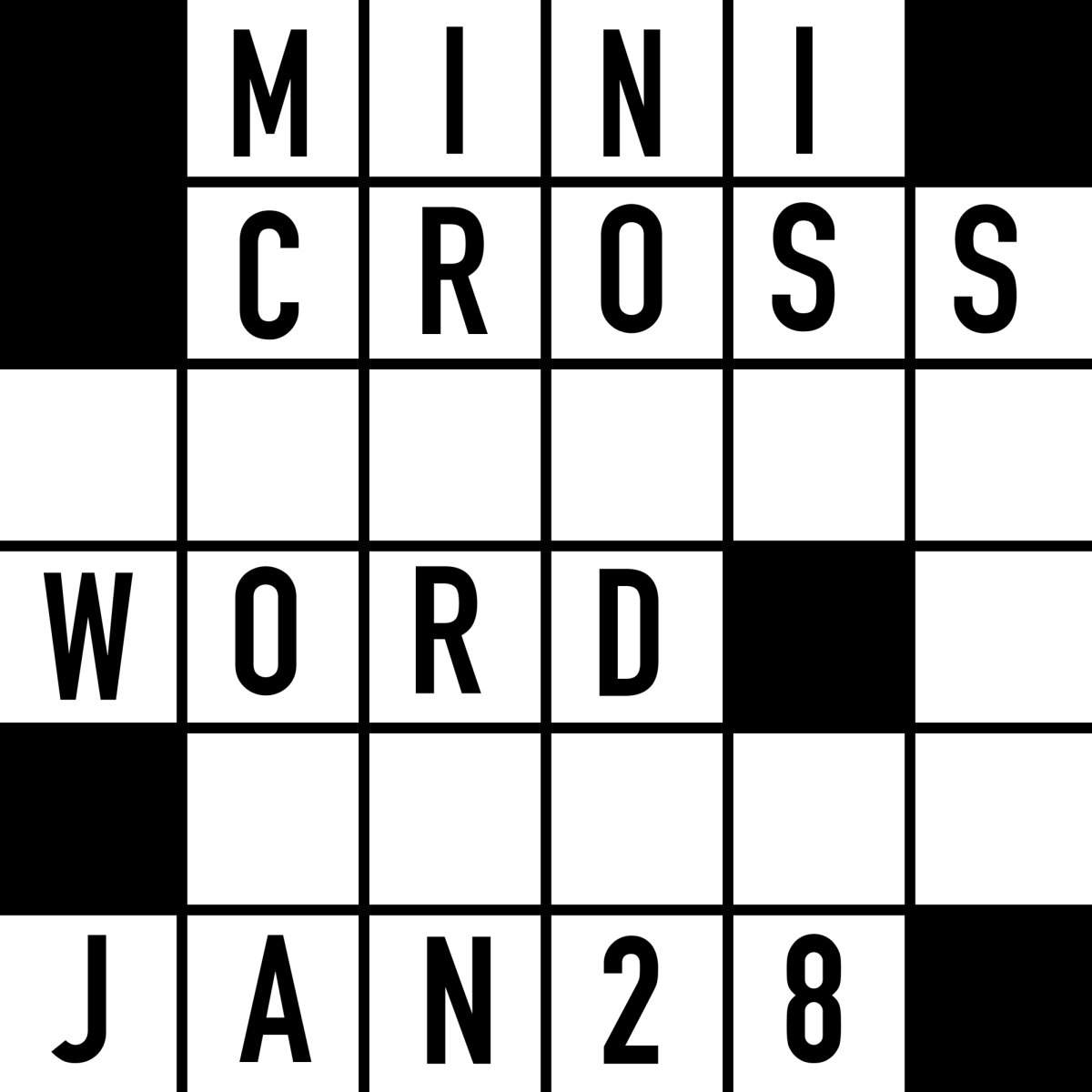









![Review: “The Immortal Soul Salvage Yard:” A criminally underrated poetry collection [MUSE]](https://hilite.org/wp-content/uploads/2025/03/71cju6TvqmL._AC_UF10001000_QL80_.jpg)
![Review: "Dog Man" is Unapologetically Chaotic [MUSE]](https://hilite.org/wp-content/uploads/2025/03/dogman-1200x700.jpg)
![Review: "Ne Zha 2": The WeChat family reunion I didn’t know I needed [MUSE]](https://hilite.org/wp-content/uploads/2025/03/unnamed-4.png)
![Review in Print: Maripaz Villar brings a delightfully unique style to the world of WEBTOON [MUSE]](https://hilite.org/wp-content/uploads/2023/12/maripazcover-1200x960.jpg)
![Review: “The Sword of Kaigen” is a masterpiece [MUSE]](https://hilite.org/wp-content/uploads/2023/11/Screenshot-2023-11-26-201051.png)
![Review: Gateron Oil Kings, great linear switches, okay price [MUSE]](https://hilite.org/wp-content/uploads/2023/11/Screenshot-2023-11-26-200553.png)
![Review: “A Haunting in Venice” is a significant improvement from other Agatha Christie adaptations [MUSE]](https://hilite.org/wp-content/uploads/2023/11/e7ee2938a6d422669771bce6d8088521.jpg)
![Review: A Thanksgiving story from elementary school, still just as interesting [MUSE]](https://hilite.org/wp-content/uploads/2023/11/Screenshot-2023-11-26-195514-987x1200.png)
![Review: "When I Fly Towards You", cute, uplifting youth drama [MUSE]](https://hilite.org/wp-content/uploads/2023/09/When-I-Fly-Towards-You-Chinese-drama.png)
![Postcards from Muse: Hawaii Travel Diary [MUSE]](https://hilite.org/wp-content/uploads/2023/09/My-project-1-1200x1200.jpg)
![Review: "Ladybug & Cat Noir: The Movie," departure from original show [MUSE]](https://hilite.org/wp-content/uploads/2023/09/Ladybug__Cat_Noir_-_The_Movie_poster.jpg)
![Review in Print: "Hidden Love" is the cute, uplifting drama everyone needs [MUSE]](https://hilite.org/wp-content/uploads/2023/09/hiddenlovecover-e1693597208225-1030x1200.png)
![Review in Print: "Heartstopper" is the heartwarming queer romance we all need [MUSE]](https://hilite.org/wp-content/uploads/2023/08/museheartstoppercover-1200x654.png)


